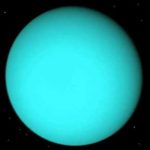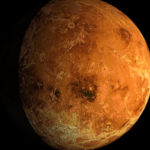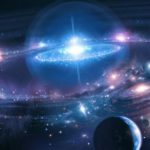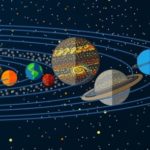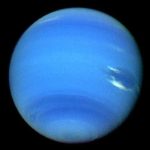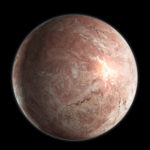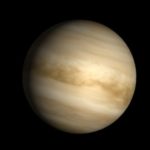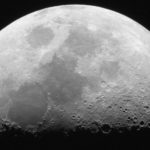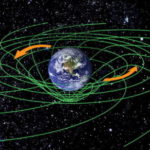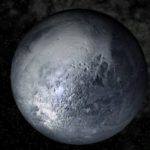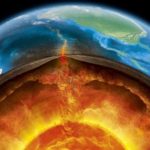Interesting facts about the sun
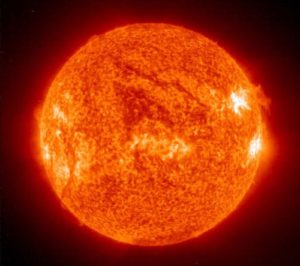 Looking at the cozy and familiar yellow ball on the blue sky, we rarely think about what it really is. The sun is not a yellow “bulb” in the sky, it is an unimaginably giant ball of red-hot plasma, rushing with amazing speed through the Galaxy.
Looking at the cozy and familiar yellow ball on the blue sky, we rarely think about what it really is. The sun is not a yellow “bulb” in the sky, it is an unimaginably giant ball of red-hot plasma, rushing with amazing speed through the Galaxy.
The sun consists mainly of helium and hydrogen, and does not have a solid surface.
The sun rotates around its axis, and the layers of stellar matter on the equator rotate almost one third faster than the layers in the polar regions.
The Sun, like any star, has its own atmosphere. Its upper boundary extends far beyond the orbit of Pluto.
The mass of the Sun is about 99.86 percent of the mass of the entire solar system.
The gravity of the Sun is about twenty-eight times greater than the gravity of the Earth.
Light comes from the Sun to the Earth in eight minutes.
The temperature of the solar core is about fifteen million degrees. The temperature on its surface is about five and a half thousand degrees.
Approximately the established age of the Sun is 4.6 billion years.
The sun will live for another 4-5 billion years.
The magnetic field of the Sun is only twice as strong as the Earth’s magnetic field.
On the Sun there is much more water than on Earth. The water molecules existing in the form of a vapor are concentrated mainly in “sunspots” and in a narrow layer below the surface of the star.
Solar radiation is deadly because of the accompanying radiation, but the Earth’s atmosphere blocks it.
The Vatican only in 1992 publicly admitted that the Earth really revolves around the Sun.
The sun revolves around the center of the Milky Way just as the Earth revolves around the Sun. The period of rotation of the Sun around the center of our galaxy is about 240 million years.
The solar wind extends from the Sun at a speed of about 450 kilometers per second.
Energy in the solar interior is generated through nuclear fusion.
Every second the Sun burns about seven hundred million tons of its substance.
Approximately in a billion and one hundred million years, the brightness of the Sun will increase by ten percent, which will entail the end of all life on Earth.
When the Sun turns into a red giant, it will absorb Mercury and, possibly, Venus, Earth and Mars.


